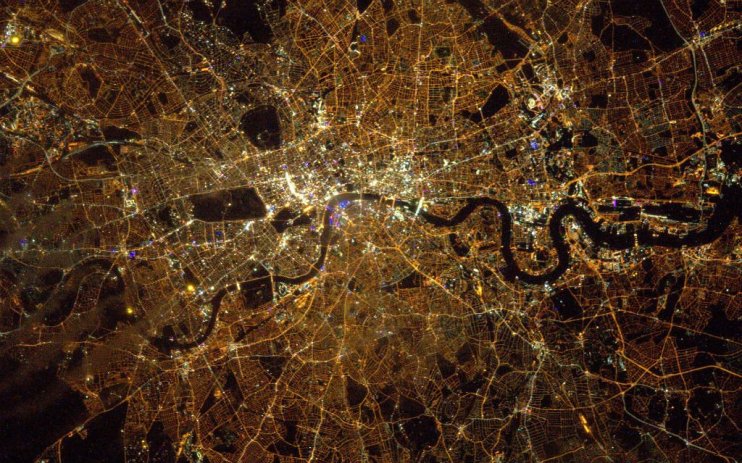Space: Reversing net zero progress or climate saving grace?

The new space age, dubbed Space 2.0, could unleash a raft of climate benefits, such as real-time modelling – but the carbon-dense sector has environmental advocates nervous.
Prince William has criticised the second revival of the space race and emerging space tourism which billionaire’s Richard Branson, Elon Musk and Jeff Bezos have been gunning for as grand side-shows to their individual empires.
“We need some of the world’s greatest brains and minds fixed on trying to repair this planet, not trying to find the next place to go and live,” the Duke of Cambridge said in an interview with BBC Sounds last month. “If we’re not careful we’re robbing from our children’s future through what we do now.”
Though others argue that space, and the technology being hurled into orbit, host far wider-reaching benefits than the emissions spat out in the process.
“If you want to solve some of the world’s most pressing challenges, the best way to do that is from space,” Rob Desborough, managing partner at London-listed Seraphim Space told City A.M.
Making the “case for space” at COP26 last week, Desborough expects the sector to see far more emissions-focused tech – from monitoring global supply chains and crop yields to radio frequencies, like Seraphim-backed HawkEye 360, which helps first responders and policing the ocean.
“As space investors, we’re very much about looking down as we are about looking up,” Desborough explained. “There’s very little we can’t actually monitor from above”, such as spotting which buildings in any city on the planet are letting loose the most emissions – like London-based firm Satellite Vu are on the brink of doing.
Satellite Vu, which raised £15m just weeks ago in a Seraphim-led Series A, has plans to launch one of its satellites with infrared, heat imaging technology next October via a SpaceX rocket.
“Buildings contribute 40 per cent of all emissions, so we help people reduce those emissions which can have a massive carbon benefit,” founder and CEO of Satellite Vu, Anthony Baker told City A.M.
Individuals can weigh up the decision to fly or catch an electric train on holiday, Baker explained, “but it’s very hard to do something about the buildings. So, you really need to start with the tough problems first”.
Satellite launches have the largest carbon impact, Baker continued. “It is three tonnes of carbon, that’s equivalent to a business class flight to New York and back. So it’s not nothing, but it’s not as huge as you might think.
“And this is offset by the benefit of such space technology.”
The space veteran of 20 years added that firms in the sector are building them faster, smaller and more agile – around 150 kilos per satellite – meaning the construction and launch processes produce fewer emissions than in the first space race.
On next autumn’s launch, Baker’s satellite should take up just one per cent of the payload Elon Musk’s rocket can carry.
Net zero fact checker
With world leaders making net zero targets in Glasgow this past week, the tech could also help keep the recent promises made in check.
“What space can do with the conclusions of COP26 is – they’ve set themselves all these targets, but what next?”, asked Baker.
The tech can ensure that investment to decarbonise buildings is put to good use.
“If you pay someone to upgrade your manufacturing plant in say China, did they do it? Is it as green as you thought?”, he added.
“This is one of the challenges that we all have. Are these offsets as good as they say? Or are some people greenwashing? Space technology, in particular our technology, can give that independent view.”